Shards of Horror: what is left of the gulag camps
Categories: History
By Pictolic https://pictolic.com/article/shards-of-horror-what-is-left-of-the-gulag-camps.htmlThe second quarter of the XX century was one of the most difficult periods in the history of our country. This time was marked not only by the Great Patriotic War, but also by mass repressions. During the existence of the GULAG (1930-1956), according to various sources, from 6 to 30 million people visited correctional labor camps scattered throughout the republics.
After Stalin's death, the camps began to be abolished, people tried to leave these places as soon as possible, many projects on which thousands of lives were thrown fell into disrepair. However, the evidence of that dark era is still alive.
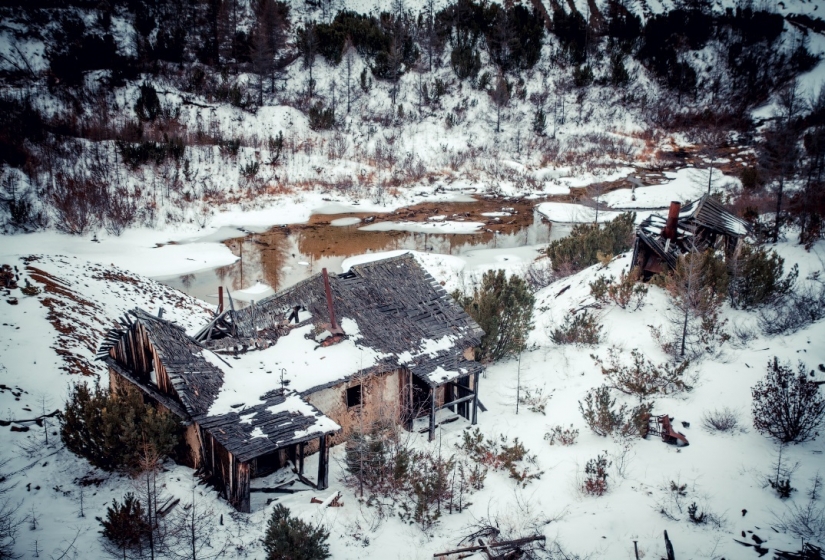
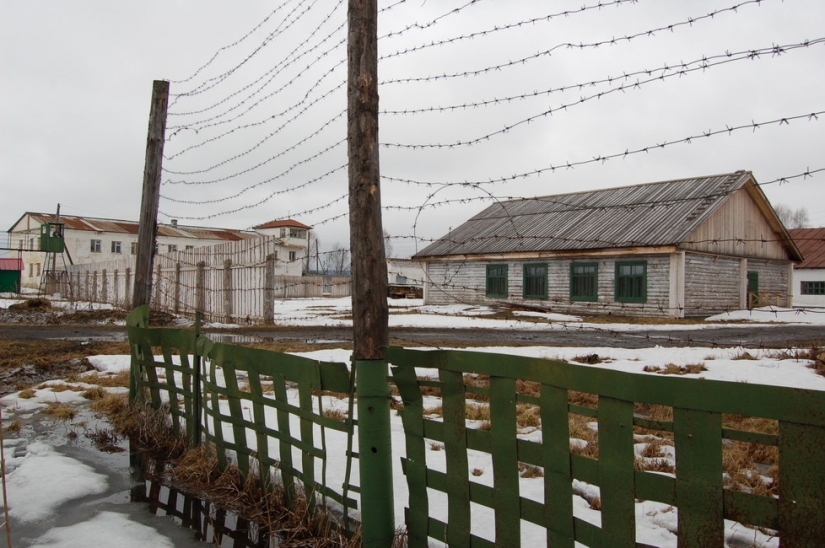
A high-security labor colony in the village of Kuchino in the Perm region existed until 1988. During the GULAG, convicted law enforcement officers were sent here, and after that, so — called political ones. The unofficial name "Perm-36" appeared in the 70s, when the institution was assigned the designation VS-389/36.
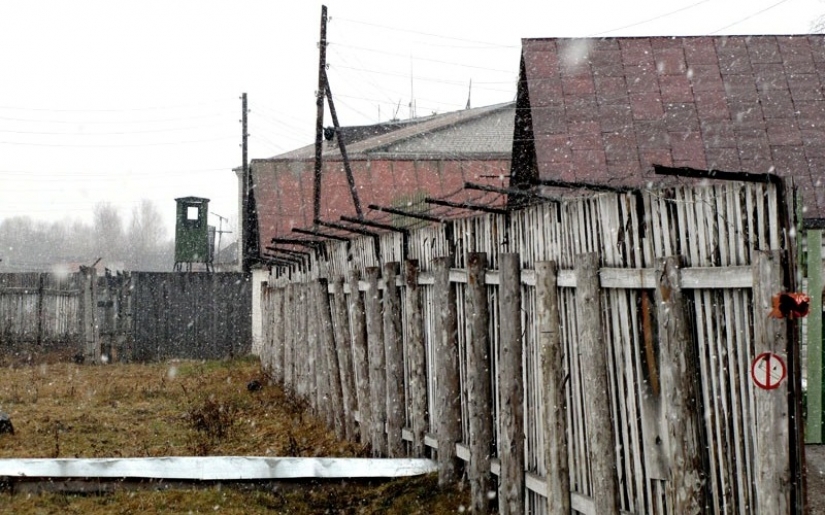
Six years after the closure, the Perm-36 Memorial Museum of the History of Political Repression was opened on the site of the former colony. The destroyed barracks were restored, and the museum exhibits were placed in them. The lost fences, towers, signal and warning structures, engineering communications were recreated anew. In 2004, the World Monuments Fund included Perm-36 in the list of 100 specially protected monuments of world culture. However, now the museum is on the verge of closure — due to insufficient funding and protests by communist forces.
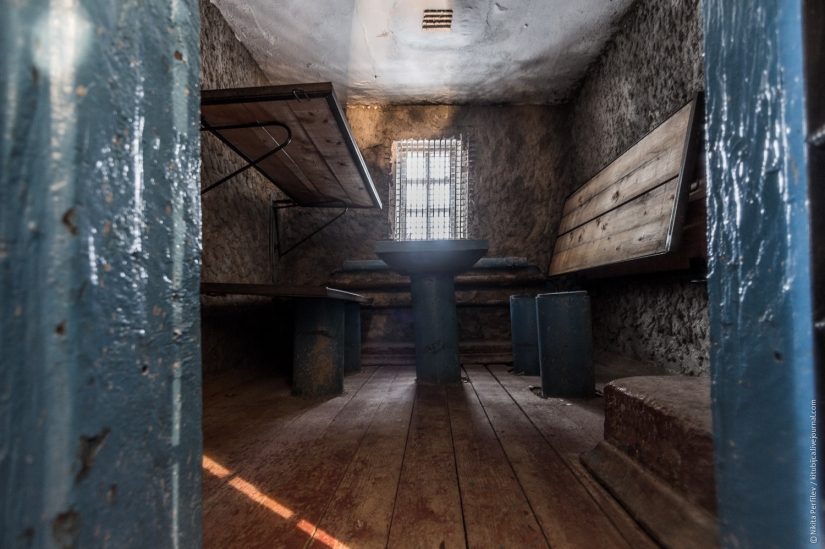
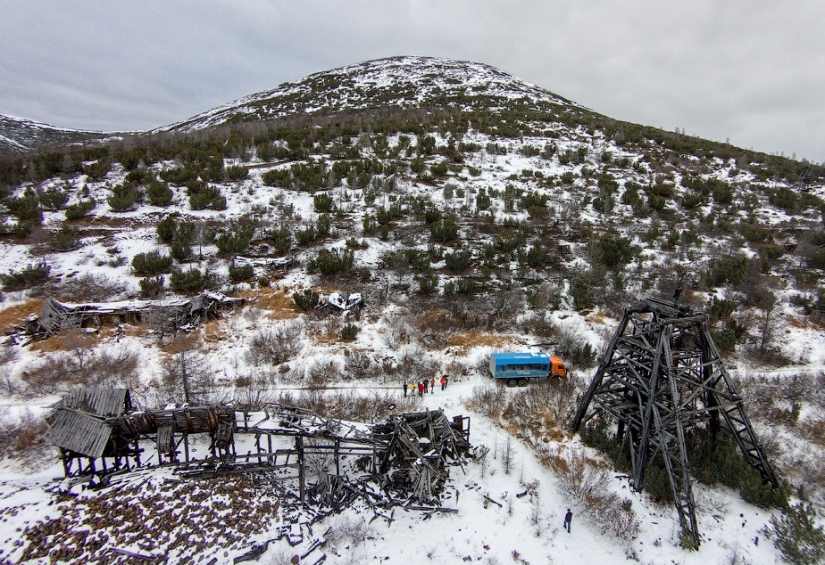
On the Kolyma River, 300 kilometers from Magadan, quite a lot of wooden buildings have been preserved. This is the former penal camp "Dneprovsky". In the 20s, a large tin deposit was discovered here, and especially dangerous criminals were sent to work. In addition to Soviet citizens, Finns, Japanese, Greeks, Hungarians and Serbs atoned for their guilt at the mine. You can imagine the conditions in which they had to work: in summer it can be up to 40 degrees of heat, and in winter — up to minus 60.
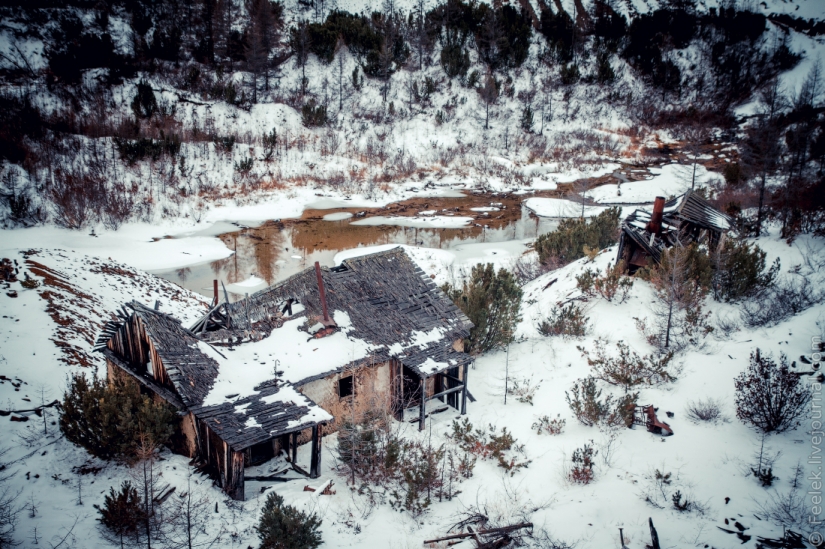
From the memoirs of the prisoner Pepelyaev: "We worked in two shifts, for 12 hours without days off. Lunch was brought to work. Lunch is 0.5 liters of soup (water with black cabbage), 200 grams of porridge-oatmeal and 300 grams of bread. Of course, it is easier to work during the day. From the night shift until you get to the zone, until you have breakfast, and just fall asleep-it's already lunch, you go to bed — check, and then dinner, and-to work."
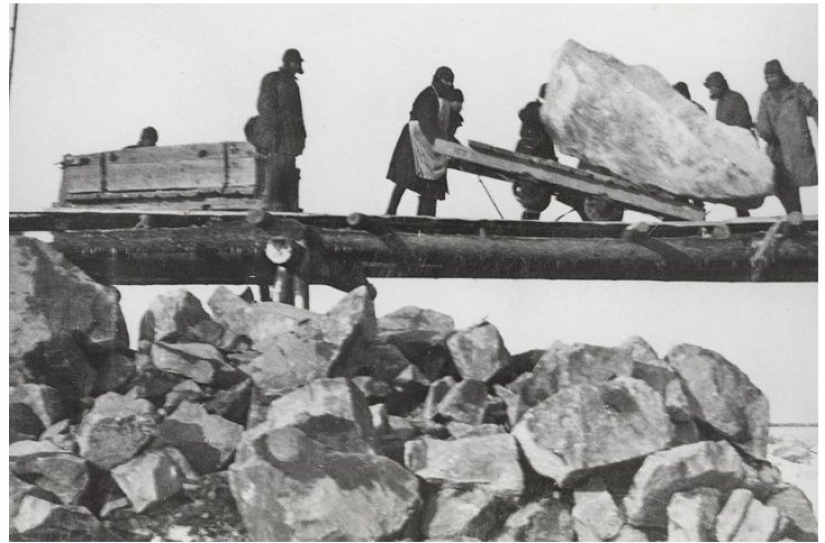

The infamous abandoned highway with a length of 1,600 kilometers, leading from Magadan to Yakutsk. The road began to be built in 1932. Tens of thousands of people who participated in the construction of the highway and died there were buried right under the roadbed. At least 25 people died every day during construction. For this reason, the highway was called the road on the bones.
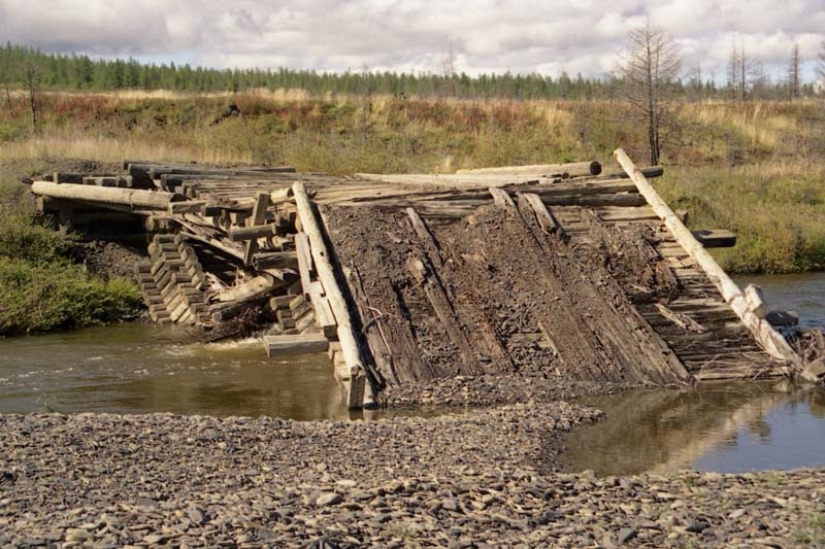
The camps along the route were named after kilometer marks. In total, about 800 thousand people passed through the "road of bones". With the construction of the Kolyma federal highway, the old Kolyma highway fell into disrepair. To this day, human remains are found along it.
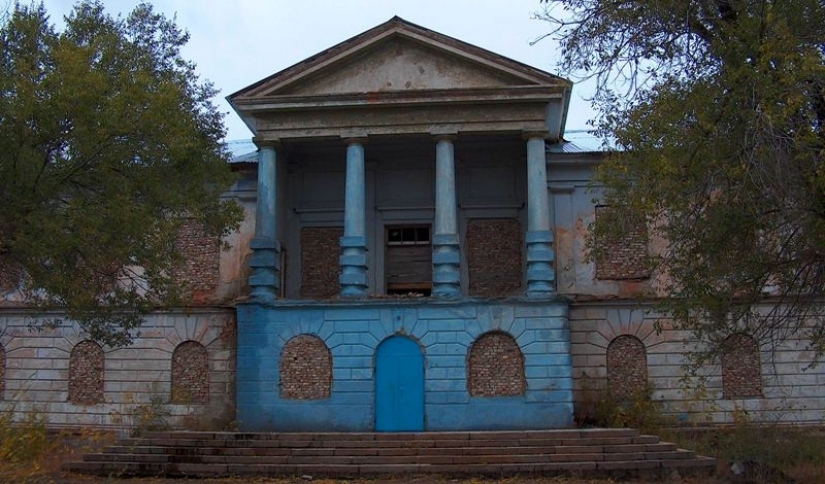
The Karaganda correctional labor camp in Kazakhstan, which operated from 1930 to 1959, occupied a huge area: about 300 kilometers from north to south and 200 from east to west. All the local residents were deported in advance and allowed to the uncultivated lands of the state farm only in the early 50s. According to reports, they actively helped in the search and detention of fugitives.
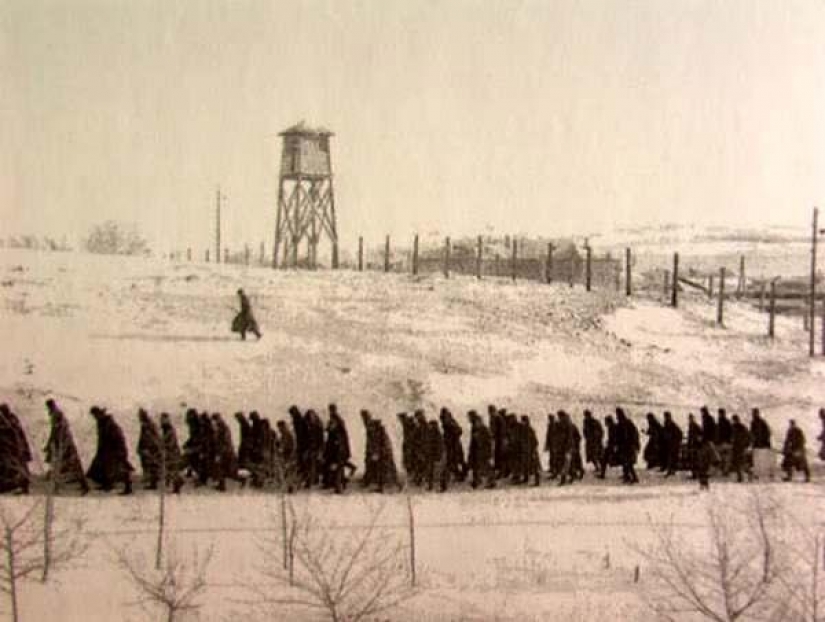
There were seven separate settlements on the territory of the camp, in which more than 20 thousand prisoners lived in total. The camp administration was based in the village of Dolinka. A few years ago, a museum in memory of the victims of political repression was opened in that building, and a monument was erected in front of it.
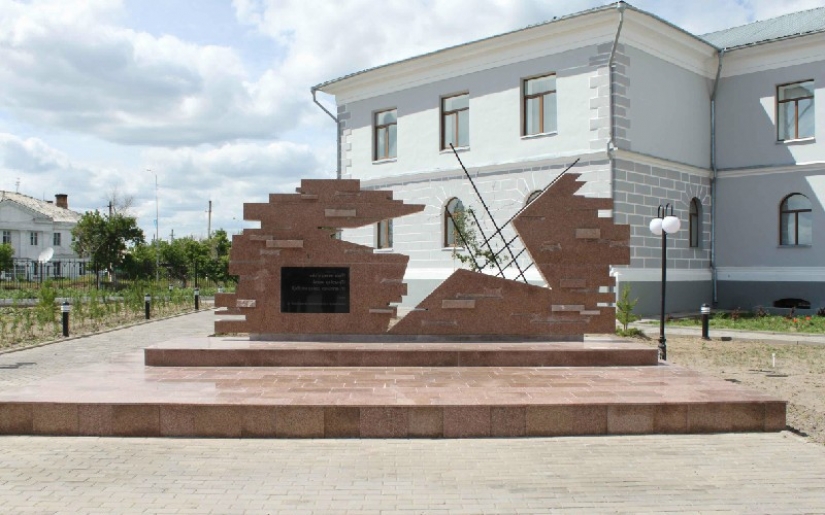
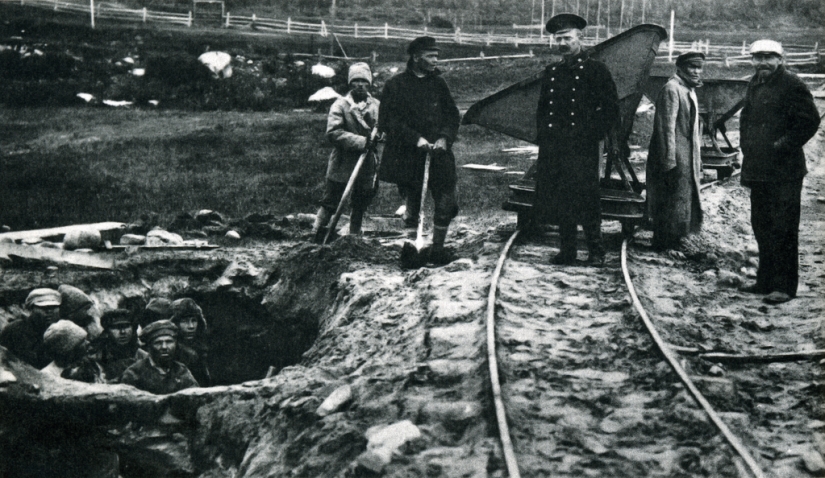
The monastery prison on the territory of the Solovetsky Islands appeared at the beginning of the XVIII century. Here, priests, heretics and sectarians who disobeyed the will of the sovereign were kept in isolation. In 1923, when the State Political Administration under the NKVD decided to expand the network of northern special purpose camps (SLON), one of the largest correctional institutions appeared on Solovki.
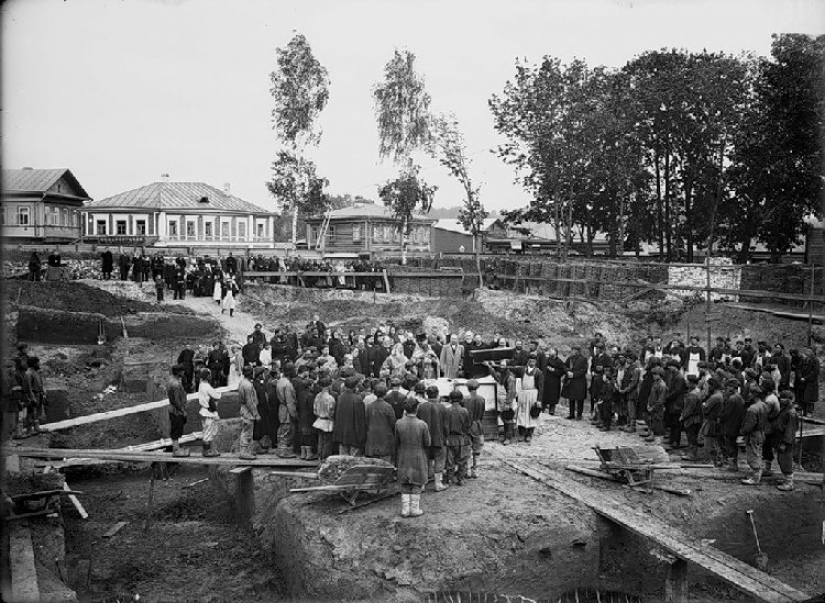
The number of prisoners (mostly convicted of serious crimes) increased significantly every year. From 2.5 thousand in 1923 to more than 71 thousand by 1930. All the property of the Solovetsky monastery was transferred to the use of the camp. But already in 1933 it was disbanded. Today there is only a restored monastery here.
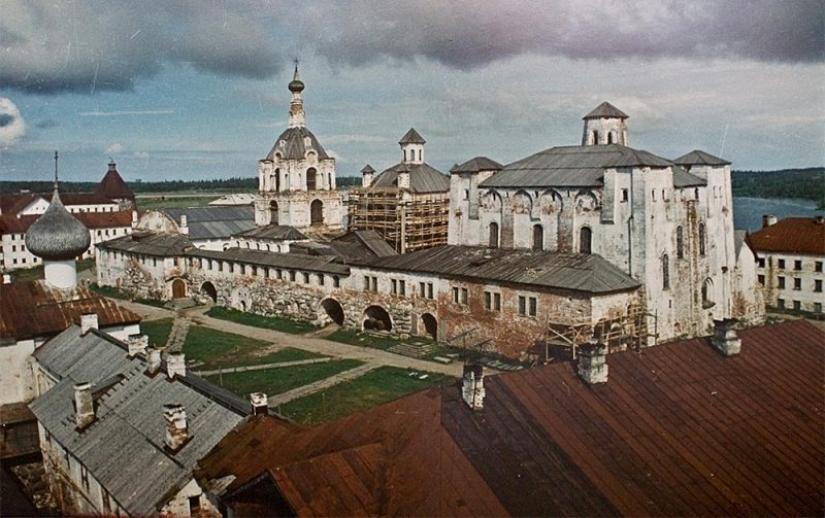
Keywords: History | Camp | Ussr | Prisoners | Colony | Gulag
Post News ArticleRecent articles

There is never enough space in a child's room. You know, you need a bed, the closet is literally bursting with things, and you ...

Armenian artist Artush Voskanyan paints in the style of mannerism and calls the Italian painter of the XVI century Giuseppe ...
Related articles

History has known many cases when dwarfs were close to persons of royal blood. But there is only one known case in which a dwarf ...

Indeed, everyone is used to a certain set of gardeners: potatoes, tomatoes, strawberries, onions, peppers and all sorts of greens. ...

Modern people are sure that all devilry begins exactly at midnight and this time is considered the most mystical and dangerous. But ...

In our days, the friendship with the ex-partners is normal, civilized and progressive. In this article we are told in journals and ...